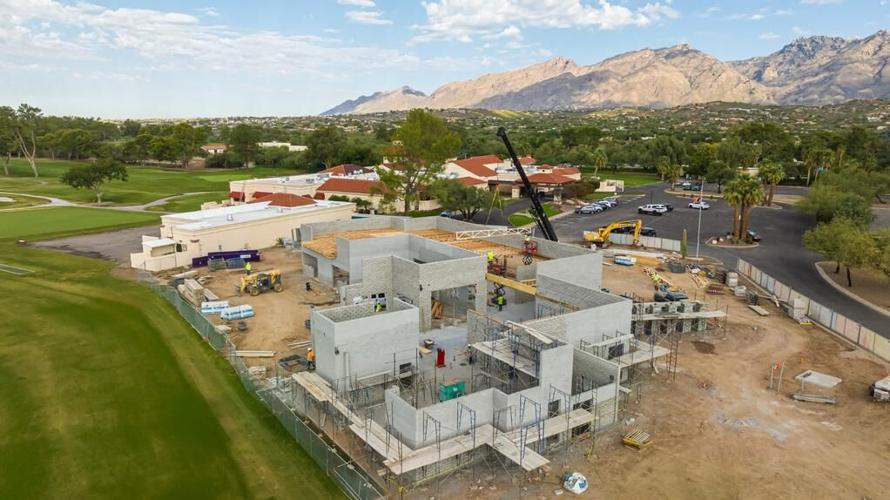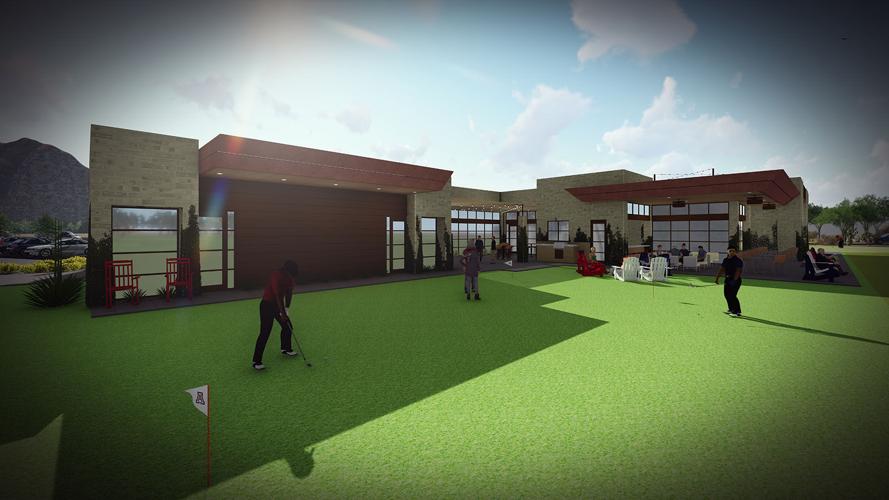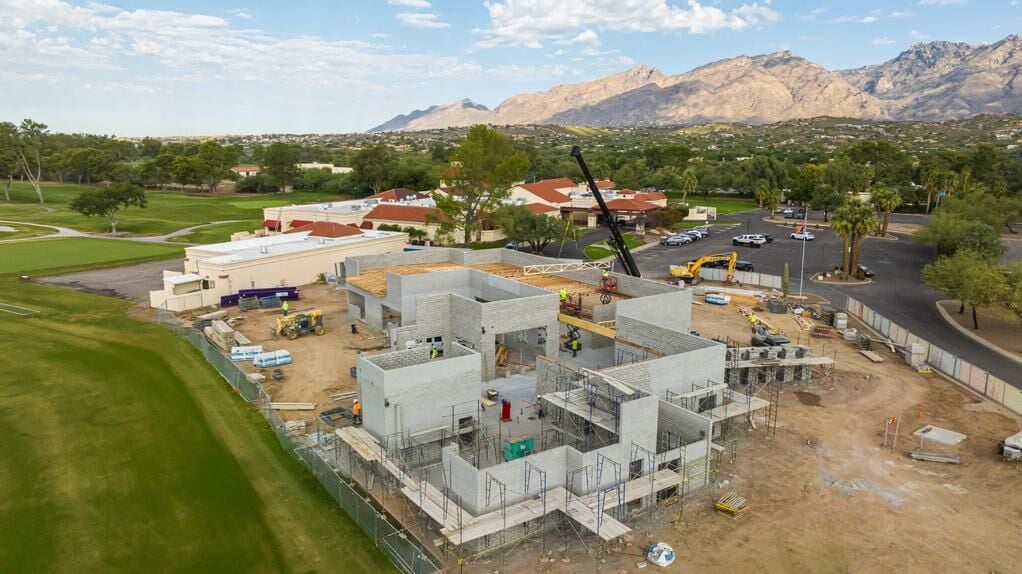University of Arizona Athletic Director Dave Heeke is now directly telling fans what he told the Star in December: The UA doesn’t plan to eliminate any of its 23 sports programs despite the university’s financial issues.
Heeke’s remarks were widely distributed via email this week in his weekly “Wildcat Wednesday” newsletter, where he also stated the UA will pause “major construction projects” after the completion of a golf center at Tucson Country Club, but that the university will continue to invest in “marquee programs that generate substantial revenue” — clearly referring to football and men’s basketball.
His email also alluded to already-expected increases in ticket pricing for at least those two profit-generating sports. He said the department’s plan includes a “comprehensive look at enhancing ticketing revenue through market-driven pricing.” UA President Robert C. Robbins told faculty last month to expect ticket prices for football and basketball games to increase by 25%.

Heeke
Robbins, during a November faculty meeting where he mentioned the expectation of university-wide “draconian cuts,” said “everything is on the table in terms of dealing with athletics“ in the wake of the university’s financial situation. In addition to a $240 million miscalculation of projected cash on hand for the university as a whole, Robbins told the Star after an Arizona Board of Regents Meeting in November the UA athletic department has yet to repay a $55 million internal loan provided by central administration during the COVID-19 pandemic.
The university-wide plan to deal with what Robbins has called a “financial crisis,” including “an ongoing budget deficit” of a size he said is still unclear, includes a hiring and pay freeze through June, a freeze on procurement, international travel restrictions for senior administrators, deferment of nonessential capital projects, and elimination of the tuition guarantee for all new students starting in fall 2025. UA colleges and departments “may replace 25% of salary and employee related expense from attrition” during the hiring freeze.
Robbins told the Star in November that he did not want to cut sports, while Heeke, similar to this week’s messaging, told Star sports columnist Greg Hansen in early December that there were no plans to do so. Heeke also said at that time that a hiring freeze was in place — the presumption being that refers to staff and administrative positions and not coaches, should positions come open — and that cuts to budgets and staffing would not impact athlete health and safety.
Wednesday’s newsletter echoed those points.
“All our work to bolster the position of Arizona athletics as a premier athletics department comes at a cost,” Heeke wrote. “Like many premier programs across the country, we are facing financial challenges, which we have already begun to address.”
Heeke’s email additionally said the department would look to increase “ancillary revenue from multimedia rights agreements, facility usage and other areas,” with an additional focus on enhancing existing fundraising efforts.
“Athletics — it’s the same for everybody,” Robbins said in November. “How do we generate enough revenue, increase ticket sales, increase contracts with people like Learfield for advertising, our Nike contract, all those kind of things. Philanthropy is really gonna have to kick in. And of course, we’re dependent on our media deal. That’s a big part of the budget.”
Robbins told faculty in December to expect non-coaching layoffs in the UA athletic department, but Heeke told the Star days later that wouldn’t be the case.
Arizona’s inaugural year as a member of the Big 12 Conference, beginning with the 2024-25 academic year, is expected to bring in $31.7 million from the conference’s media rights deal with ESPN and Fox. In recent years, the total intake for existing Big 12 schools was $43 million in media rights and expected postseason revenue, meaning the UA could be on par for a total number close to that beginning next academic year.
“We’re trying to bridge this gap in the transition to the Big 12 and get through those years,” Robbins told the Star in November. “I think the commissioner (Brett Yormark) has got some very innovative ideas of how to grow the number even more than what we’ve been promised.”
As Heeke mentioned investing in “marquee” programs, it’s expected that UA football coach Jedd Fisch, after leading the Wildcats to a top-15 national ranking and their first 10-win season in a decade, is in line for a likely pay raise — as are his assistant coaches. Fisch’s 2024 salary is currently set at $3.4 million.
According to data filed publicly by the UA to the U.S. Department of Education for the 2021-22 academic year, UA football generated $46.3 million in revenue that year alongside $26.2 million in expenses (a “profit” of $20.1 million on football alone); UA men’s basketball brought in $23.3 million while spending $12.2 (a “profit” of $11.1 million). Those are the only two UA sports to generate more revenue than they spend.

The UA announced in May 2022 plans to build a new golf facility at Tucson Country Club, with the cost to develop the William M. “Bill” Clements Golf Center said to be more than $14 million.
The UA athletics website lists three capital campaign projects as “current” and ongoing: the William M. “Bill” Clements Golf Center; renovations to the UA baseball team’s locker room and training facilities at Hi Corbett Field; a “building refresh” and other updates to the on-campus Lanelle Robson Tennis Center.
It isn’t clear if the latter two are considered “major construction projects,” while the expected cost of the Clements Golf Center, to be used by the UA men’s and women’s golf programs, was reported in 2022 at $14.86 million.
University of Arizona President Robert Robbins gives a financial update: Dec 13







